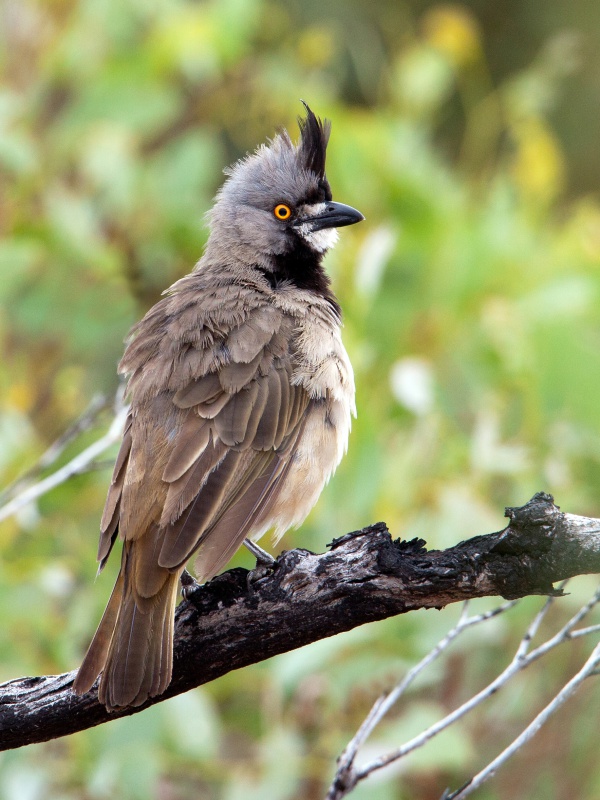Facts About Crested bellbird
The crested bellbird is a medium-sized avian species native to the arid regions of Australia. Typically, it inhabits acacia scrublands, eucalypt woodlands, and saltbush plains. Males are easily recognizable by their grey heads, black crests, and black breasts, while females and juveniles exhibit more subdued hues. Notably, the bird's bell-like call can resonate over great distances.
Belonging to the family Oreoicidae, these birds have earned whimsical nicknames such as "panpanpanella" and "dick-dick-the-devil" due to their distinctive vocalizations. Adult crested bellbirds measure between 19 and 23 cm in length. Males boast a prominent black crest, white throat, and black breast, while females and juveniles have less conspicuous coloring. They are often observed foraging on the ground or in low shrubbery, either alone, in pairs, or within mixed flocks. Their calls are unique, sometimes involving duets between males and females.
During the breeding season, which spans from August to December, crested bellbirds form pairs and construct cup-shaped nests near the ground using sticks and twigs. They generally lay up to four eggs, with both parents participating in their incubation. Their diet primarily consists of seeds and invertebrates, and they are frequently seen rapidly hopping on the ground or among low branches.
The crested bellbird is prevalent across the semi-arid coastal and interior regions of Australia, though it shuns humid areas. Unfortunately, in certain locales such as Victoria, they are threatened by habitat fragmentation and destruction.
Conservation efforts for the crested bellbird differ across Australia. In Victoria, they are classified as threatened and were listed as near threatened on the 2007 advisory list. Habitat loss due to land clearance is a significant challenge, resulting in a reduced range for the species. Although they are not categorized as threatened under the Australian Environment Protection and Biodiversity Conservation Act 1999, state-level conservation initiatives are essential to safeguard these unique birds.
